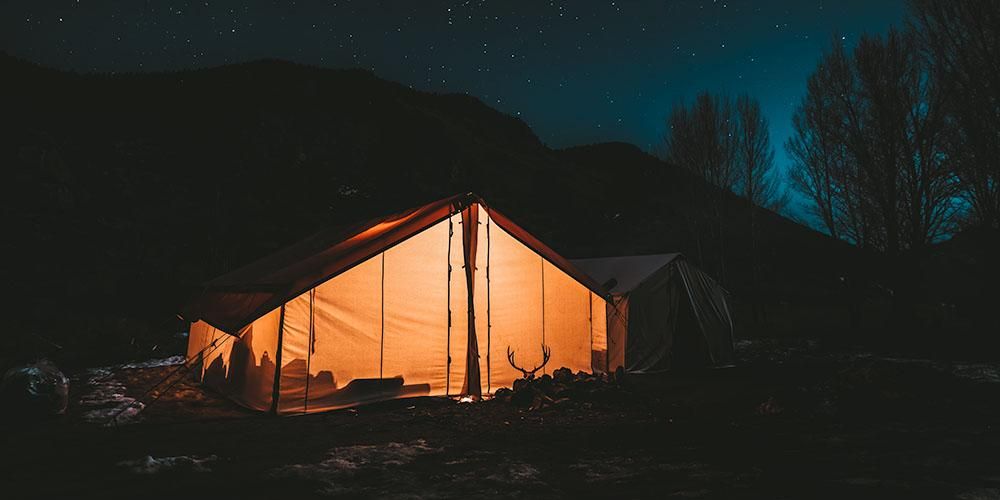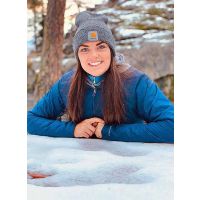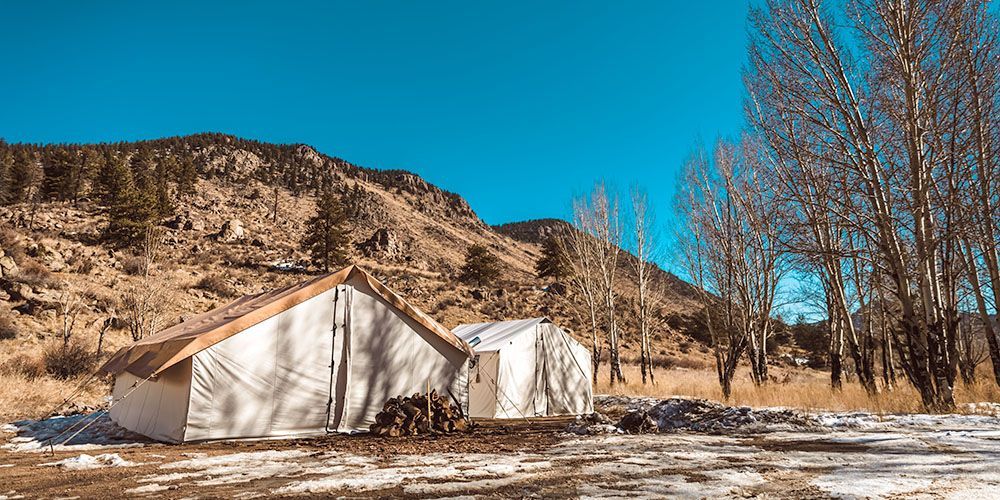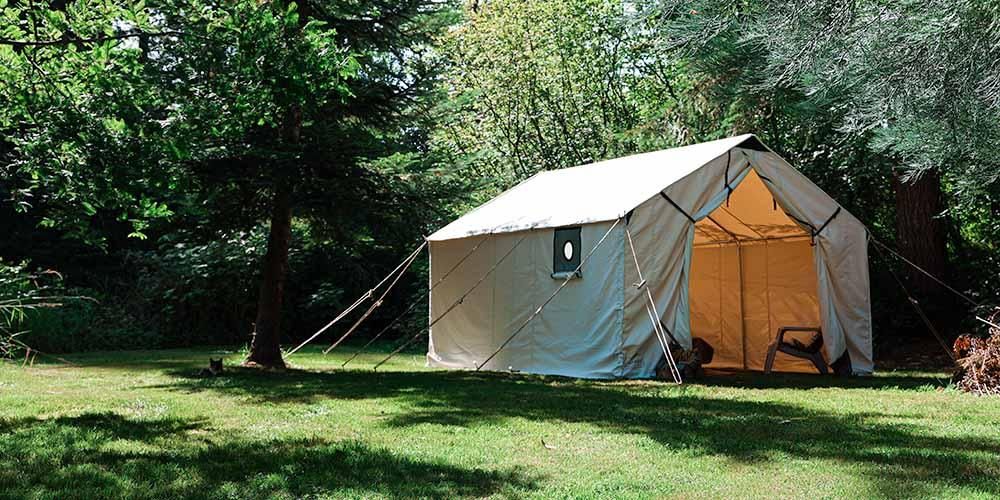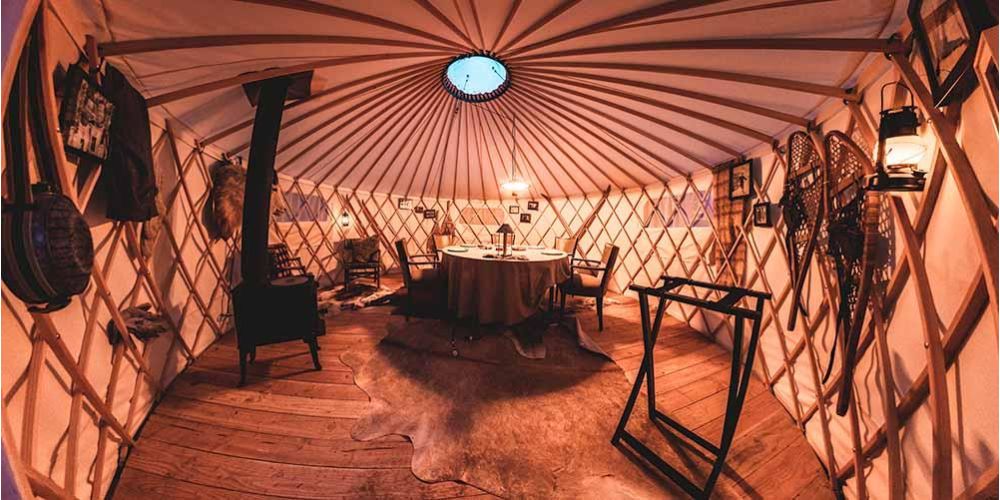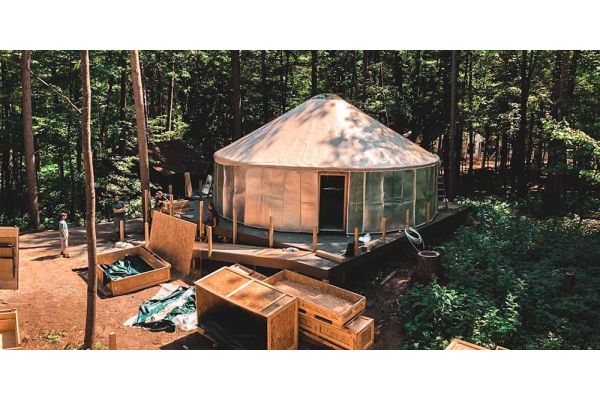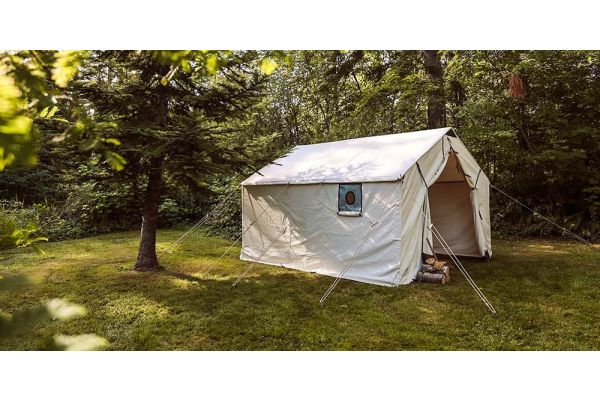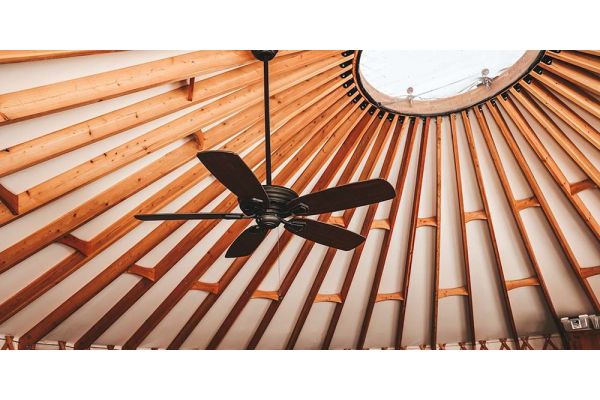Experiencing the Centennial Wall Tent
At Rainier Outdoor, we love experiencing the outdoors, especially if it's with our own staff. It gives us the opportunity to touch, feel, smell and experience what it's like using our products. Plus, it's really fun, too.
Hi! My name's Chris Smith and I'm a Commercial Account Executive at Rainier I love sharing my enthusiasm for the outdoors. My in-laws hunt year-round, but I join them once a year for archery elk season, and this year we were lucky enough to use the Rainier Outdoor Centennial Wall Tent.
Hunting with Rob and Tina
Together we own a 13-acre property just outside of a town called Halfway in eastern Oregon. Rob and Tina are lucky enough to call Hells Canyon home along with their 5 dogs. Rob has been an outdoor guide, outfitter, and wildlife manager since 1998, and Tina, while also being an accomplished hunter, is an amazing cook.
At 6,500 feet in September, we needed something warm to stay in at night but, to also have a nice shaded place when the sun came out. Being able to bring the Centennial Wall Tent with us was a great opportunity. Besides hunting his entire life, Rob was a logger in Alaska and lived in wall tents year-round so I really wanted his honest opinion on what he thought of the Rainier Outdoor wall tent.
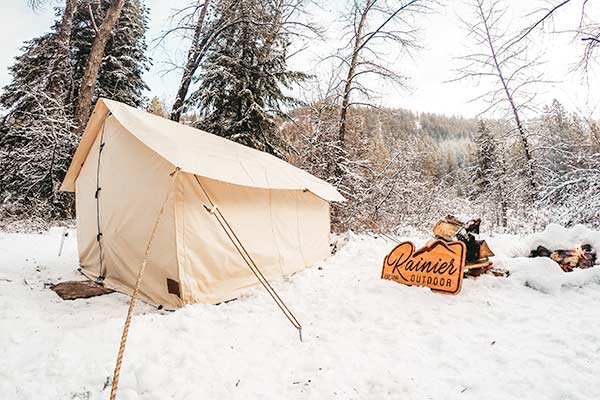

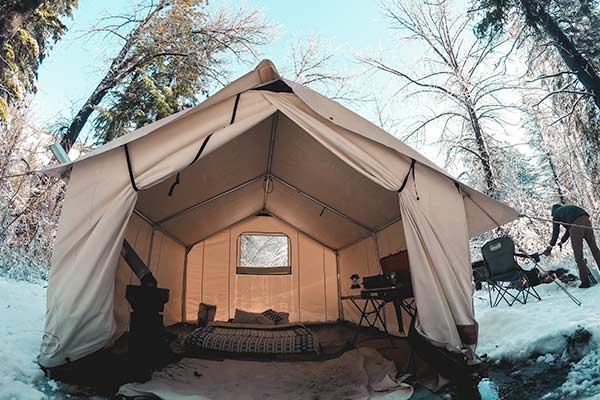

Setting Up Elk Camp
Usually, Rob has a wall tent already set up in the high country by July or August to claim our favorite spot and it’s left up until the snow hits in October. Wall tents can be set up for months at a time or indefinitely if properly anchored but, this year we only used them for the last week of elk season. When we got to camp Rob already had smaller tents set up for us, so we used the wall tent as a cook shack and hangout. We had two propane cook stoves, a foldout table, 4 coolers, 2 recliner camp chairs, 2 dog crates, and a pellet stove. The 10’x12’ tent is big enough for 1 or 2 hunters and their gear. With a ridge height of 7'-4" there was plenty of headroom to cook inside.
Now, the first thing you need to do before you set up your tent is to look for level ground. Once I found a level spot to set up it turned out that the ground wasn't suited for proper anchoring. If you find yourself in a situation like this you can use a combination of stakes and trees to properly keep your tent in place and prevent it from billowing in the wind, which is what we did. The setup was quick and easy and took us about 15 minutes to put together. For a complete step-by-step guide, you can download our instructions here.
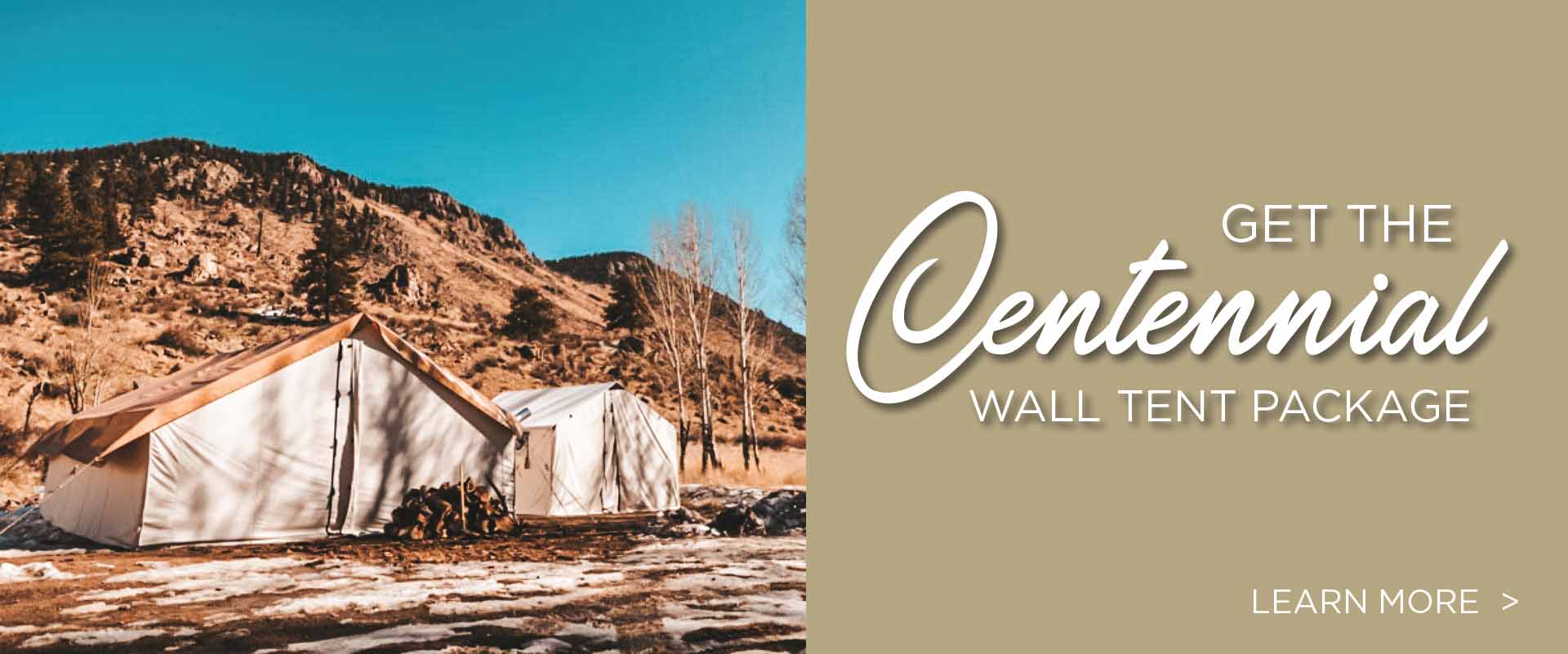

Quick Tips
Since the tent is made out of Army Duck Canvas, it can shrink up to 4% after it's been wet several times. So, make sure you stake out all the grommet points so that the tent is completely taut. If you happen to go camping in the snow, as we do, make sure to shovel the snow away at least 1 foot from your tent. This will make it easier to find your stakes when it's time to take the tent down.
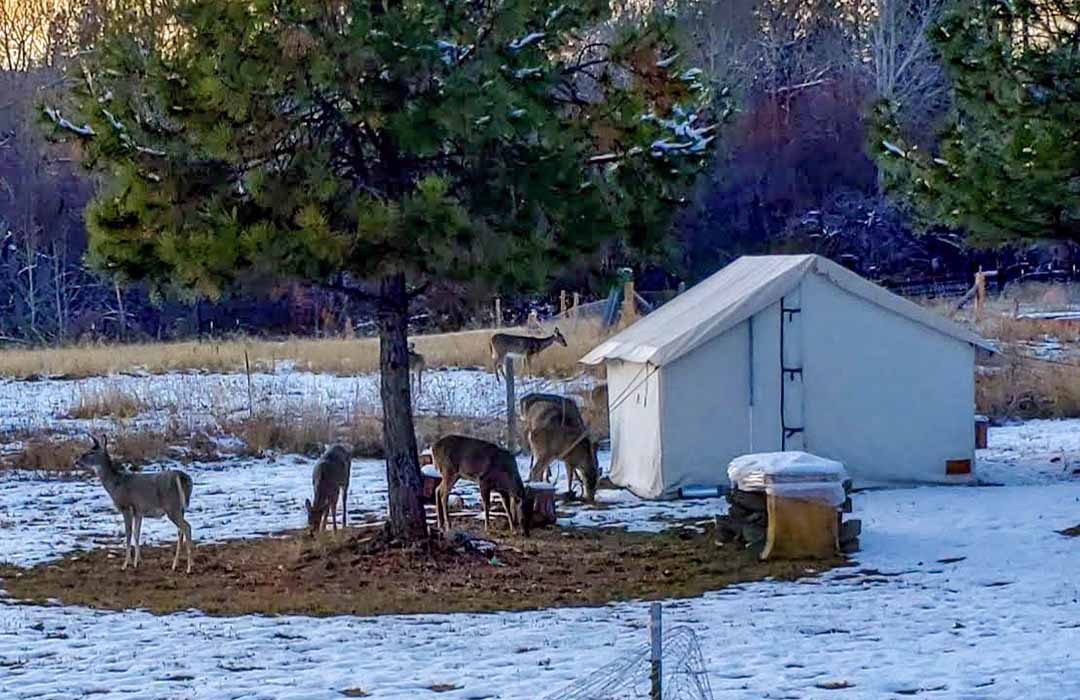

Hunting and Camping with a Wall Tent
We mainly used the tent to cook our food in because the weather was turning into rain. Since the ridge of the tent is a little over 7 feet, it makes it easy to cook and move around. We take our food pretty seriously and go all out when it comes to preparing our meals after a hunt. Over the five nights that we were out, we cooked backstrap, pheasant, wild turkey, grouse, and homemade bratwurst.
One of the main reasons that hunters like to use canvas wall tents is they have good head clearance. You don’t have to hunch over while moving your things in the tent or in our case cooking food. You can add a heat source, wood, or pellet stove when it’s cold. The big flap means you can ventilate well on hot summer days. We’re the type of hunters that park our truck at trailheads and hike sometimes 5 to 15 miles in a day, which requires a good nap to recuperate from. If the sun is out, I’m taking a nap in a wall tent over a synthetic one for sure. The Army Duck canvas helps to keep you cool when the sun is out and allows air to move freely between the canvas fabric.
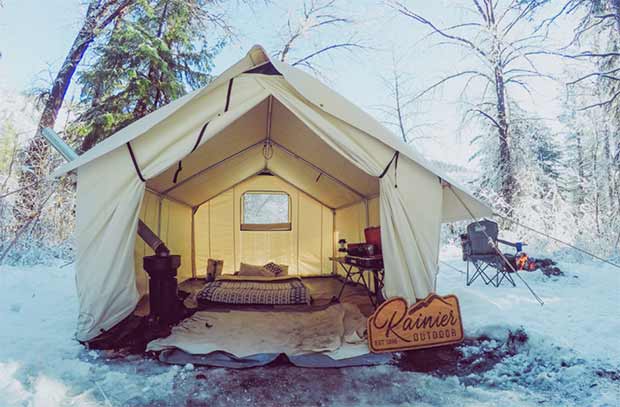

Why Army Duck Canvas?
Army Duck Canvas is a tightly woven cotton that swells when the fibers get wet. This creates a water-repellent tent, keeping you nice and dry. The fibers are also breathable, so it can help keep you cool in the summer and warm in the winter. With temperatures ranging between 30 - 90 degrees, this can really help you stay comfortable during your trip. There's also room to have a stove inside the tent if you're camping in a very cold place and a stove jack comes with every tent.
After three days in the high country, we decided to move our camp closer to our property to hunt. Taking the tent down was easy. The best way is to lay down a ground tarp to put the cover on and wrap it up. Then the frame can be disassembled and packed out while keeping the cover reasonably clean.


On the Move
One of the things that Rob and I really like about this tent is that you can take this out on a hunting trip, have a good night's sleep in a warm and dry tent and have energy the next day to go on a hunt. The Centennial is large enough to fit a queen-size bed or two cots and has room for all your gear. It’s tall enough to fully stand-in, and best of all, you get the rest that you need for the next day.
We hope you enjoyed a little bit of our adventure. If you have any questions about this tent and how it could work out for your next trip to the great outdoors, you're always welcome to chat us up and we'd be more than happy to help you out! Until next time, and Happy Camping!
If you like what your read please feel free to share and like us on Facebook, Twitter, Pinterest, and Instagram.

